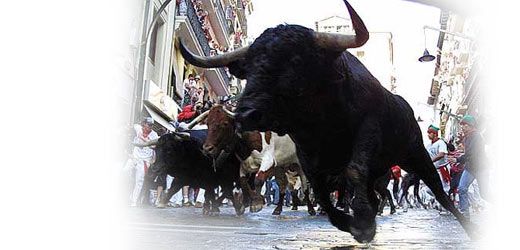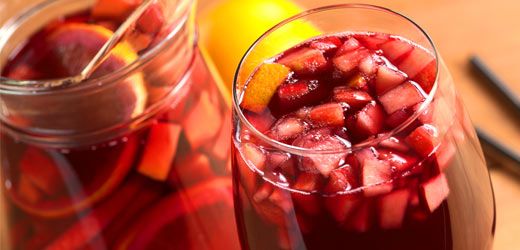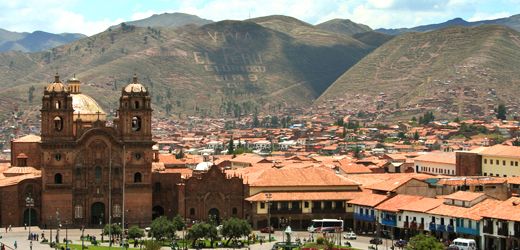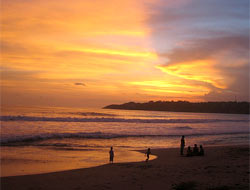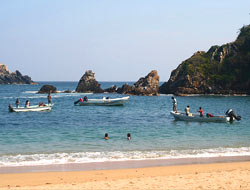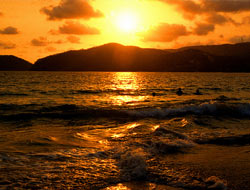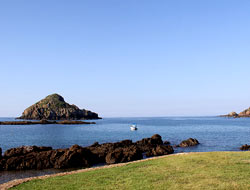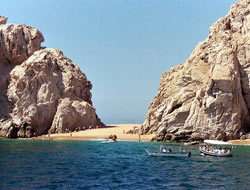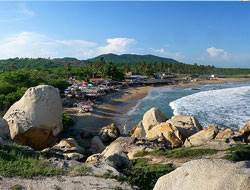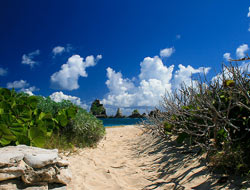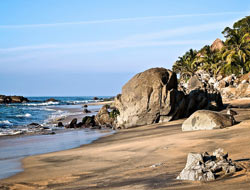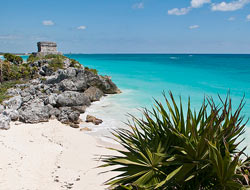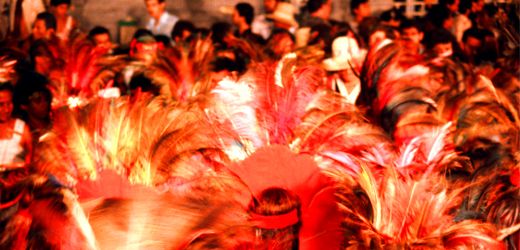Top ten designation of origin wines

Spanish Wines
As a salute to wine harvest season, we're listing our top ten wines that bear the prestigious label of Denominación de Origen, an official classification granted by the Spanish Department of Food and Agriculture to the country's finest food products and particularly to its wines.
The labeling guarantees quality and that the product has originated from the region of its designation. Here are ten ideas, ten places, ten exceptional wine regions. They may not be as well known as other Spanish wines such as Rioja, Ribera de Duero, and Sherry, but these wines and their places of origin are no less delightful.
Top ten Designation of Origin wines
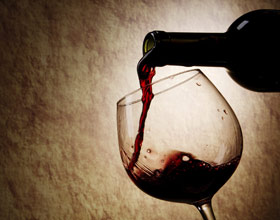 1. D.O. Navarra
1. D.O. Navarra
The Navarre region is well known for its running of the bulls festivals and its bountiful orchards that produce top quality fruits.
The excellence of Navarre wines often takes tasters by surprise, and wineries in this region have clearly evolved.
A visit to a local bodega and a hike around Sierra de Urbasa Park make for a "round" experience.
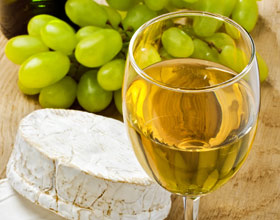 2. D.O. Chacolí de Guetaria
2. D.O. Chacolí de Guetaria
This refreshing white wine with a bit of a bite goes perfect with "txikitos" you can order in bars all over the Basque country.
This is a social, upbeat wine that's also a great complement to the endless fish dishes on offer in the region.
The town of Gueteria holds a unique appeal for many: it's got some of the best waves in the world for surfing. Other area towns with beaches and fishing ports worth visiting include Zarautz, Deba and Motriku.
 3. D.O. Bierzo
3. D.O. Bierzo
This region sits nestled in the northeastern corner of Castile and Leon, near the border of both Asturias and Galicia. It produces robust red wine that perfectly complements the mountain cuisine.
The mountainous landscapes that await your hiking boots are also the place of origin of exceptionally fine meats and cheeses. From Ponferrada, you can first head to Las Médulas to take in impressive scenery.
Next we recommend visiting the Asturias area of Los Oscos, just an hour by car and just a short drive away from Galicia.
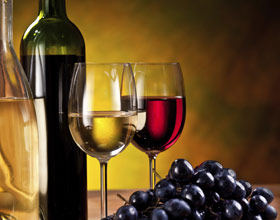 4. D.O. Ribeira Sacra
4. D.O. Ribeira Sacra
In the province of Ourense, embraced on either side by the Sil River, there's a community of winegrowers that insists on cultivating vineyards and producing wine on rugged river banks that are often only accessible by water.
Like the famous Galician wines Albariño and Ribeiro, wines from Ribeira Sacra are offering surprising new quality white and red wine flavors that go nicely with the wonderful meats and stews of the region.
A boat trip to the Sil River canyon is a must.
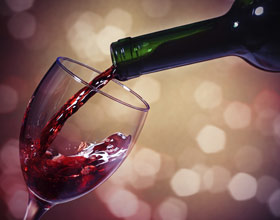 5. D.O. Ribera del Guadiana
5. D.O. Ribera del Guadiana
Extramadura is known for its ham and its cherries from the Jerte Valley. Some also call the cheese from here "Torta del Casar", but not many people know about the wine of Ribera del Guadiana, a wine that's been produced since the age of the Roman Empire, but which has only had a regulatory council for the last ten years.
The white and red wines of these regions, most notably Montánchez, have obtained "very good" classifications in the last few years. Enjoying a nice wine and strolling about Merida while soaking in the enchanting historic ambience are highly recommended activities.
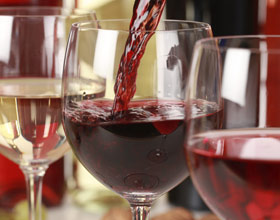 6. D.O. Sierras de Málaga
6. D.O. Sierras de Málaga
Although Malaga is most associated with stunning beaches and not with the drink of Baco, the region's inland areas such as Competa and Frigiliana offer a pleasant surprise.
Frigiliana and the mountains surrounding Ronda will provide the dynamic setting for our tour of the region's most palette pleasing wines.
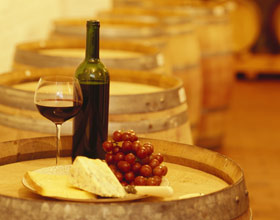 7. D.O. Alicante
7. D.O. Alicante
The Spanish Mediterranean coast is home to a wine that is listed by the European Union as one of its five "luxury wines".
Fondillon is made with over-ripe monastrell grapes and aged for a minimum of 10 years.
Only 10 bodegas in Alicante have the privilege of making this wine.
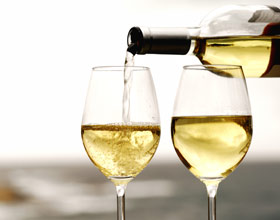 8. D.O. Pla i Llevant
8. D.O. Pla i Llevant
White wines are produced in this eastern, inland area of Mallorca that make notable use of Chardonnay grapes.
Mallorca's mountain scenery and the cozy coves tucked away along the island's coastline provide a perfect excuse to make your getaway to this Mediterranean paradise, an ideal backdrop to your wine tasting adventure.
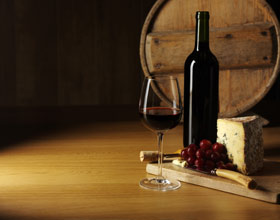 9. D.O. Lanzarote
9. D.O. Lanzarote
This is a place where volcanoes make the ground so hot you can cook without making a fire, a place where the earth's force is in constant movement, and where an excellent wine is produced:
Malvasía, which delighted Shakespeare himself four hundred years ago and continues to be made among the cones of ash that protect the vineyards huddled within the prairie lands of La Geria on Lanzarote Island.
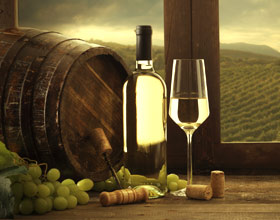 10. D.O. El Hierro
10. D.O. El Hierro
For centuries, this small island marked the end of the known world for Europeans. It was called "Isla del Meridiano" because the prime meridian passed through here for several centuries until it was redrawn over Greenwich. El Hierro is a model community in terms of its use of sustainable energy, its respect for nature, and friendly residents, many of whom produce flavorful white wines that reflect the character of the island.
The La Restinga area in the south is required visiting, where the sea floor continues "fabricando isla" (creating island) as the islanders say.

